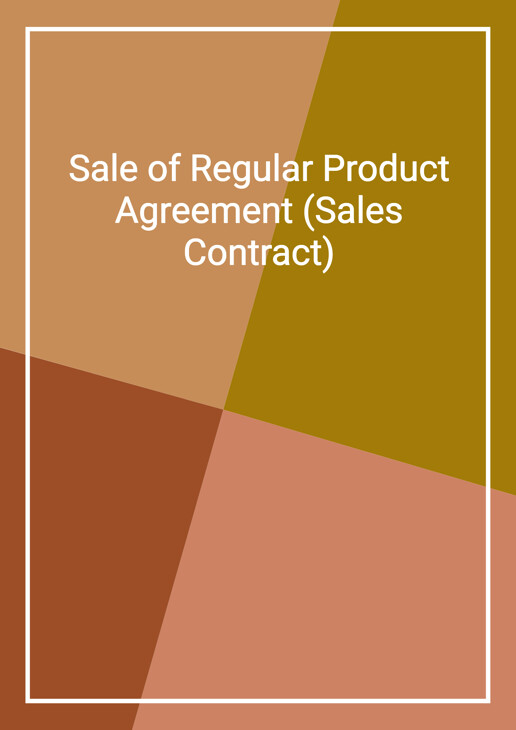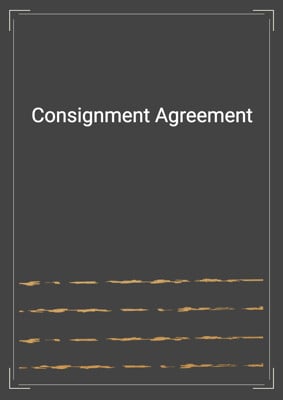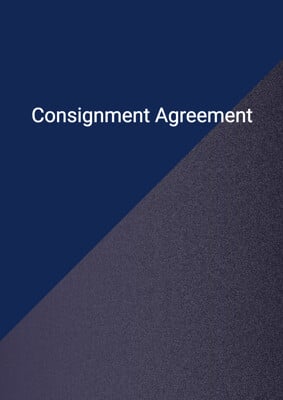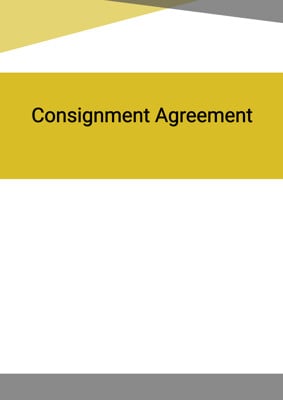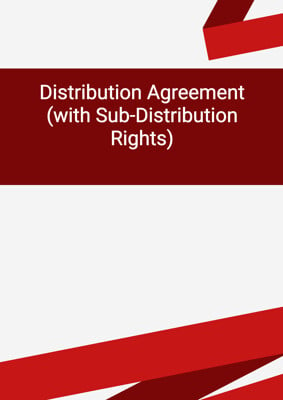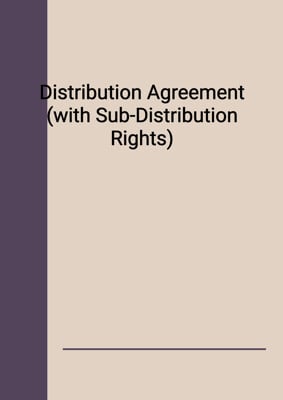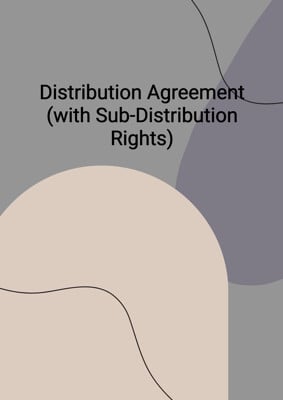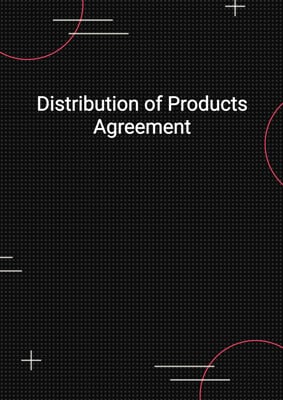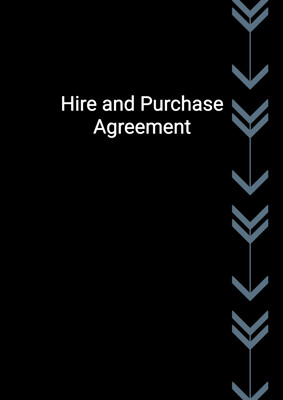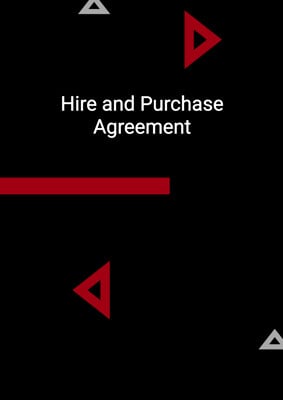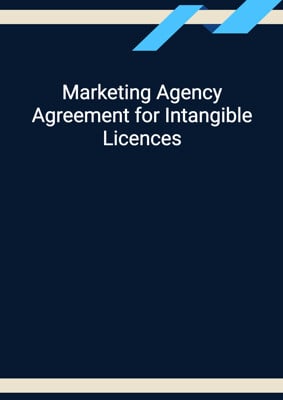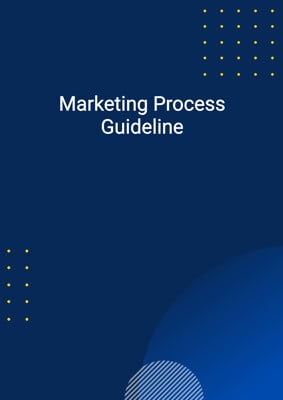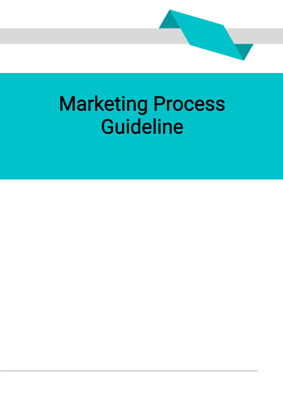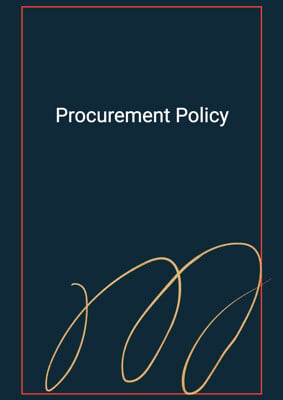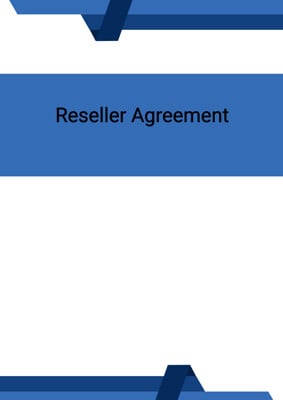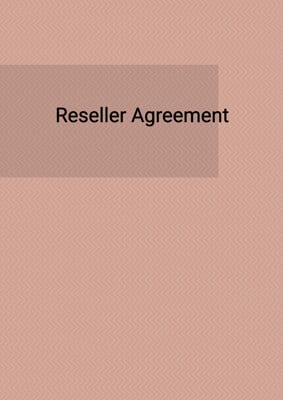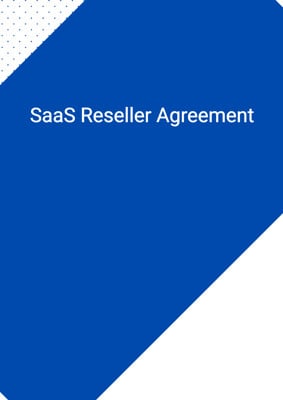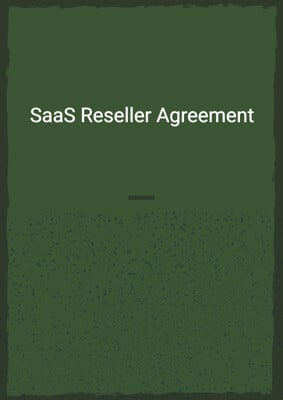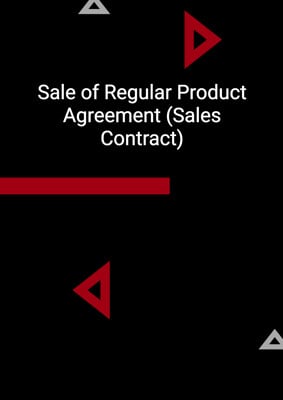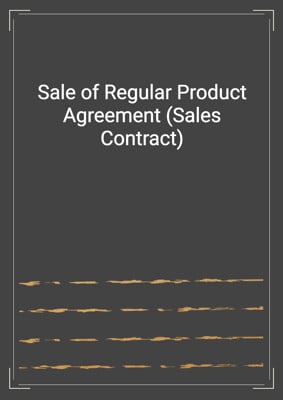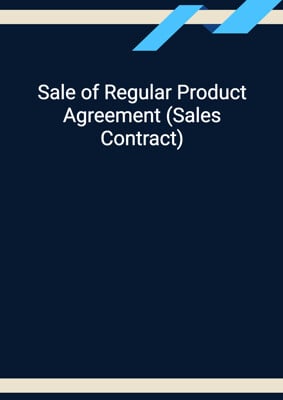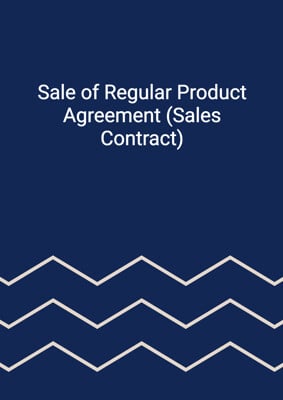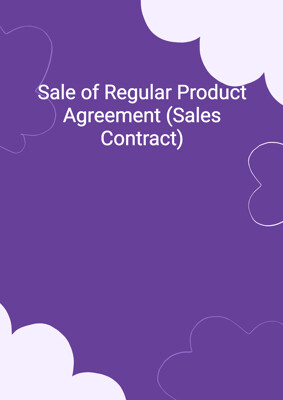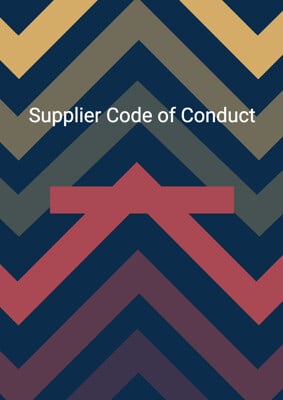How to Tailor the Document for Your Need?
01
Create Document
Fill in the details of the parties. You can click the "Fill with Member’s Information" button to complete it with information saved to your account.
02
Fill Information
Please fill in any additional information by following the step-by-step guide on the left hand side of the preview document and click the "Next" button.
03
Get Document
When you are done, click the "Get Document" button and you can download the document in Word or PDF format.
04
Review Document
Please get all parties to review the document carefully and make any final modifications to ensure that the details are correct before signing the document.
Document Preview
Document Description
The Sale of Regular Product Agreement, also known as a Sales Contract, is a legally binding document that outlines the terms and conditions of a sale between a seller and a buyer. This agreement is important as it establishes the rights and obligations of both parties, ensuring that they are aware of their responsibilities and can avoid any potential disputes or misunderstandings.
The entire document consists of several sections, each addressing different aspects of the sale. The first section, titled 'Definitions,' provides clear definitions for key terms used throughout the agreement, such as 'delivery date,' 'products,' 'price,' and 'force majeure.' These definitions help to ensure that both parties have a common understanding of the terms being used.
The second section, titled 'Supply and Purchase,' outlines the obligations of both the seller and the buyer. It states that the seller agrees to sell the products described in the agreement, while the buyer agrees to purchase these products. It also specifies that the buyer is not allowed to use the seller's name in the marketing of the products.
The third section, titled 'Delivery,' details the process of product delivery. It states that the seller is responsible for delivering the products to a specified location, and that the risk of loss or damage to the products passes to the buyer upon delivery to the carrier. It also mentions that the seller will provide shipping information to the buyer within a specified timeframe.
The fourth section, titled 'Payment,' addresses the payment terms for the sale. It states that the buyer must make payment by credit transfer within a specified number of days from the date of the invoice. It also mentions that interest will be charged on any overdue payments, and that the seller has the right to suspend deliveries if payment is not received.
The fifth section, titled 'Term and Termination,' outlines the conditions under which the agreement can be terminated. It states that either party can terminate the agreement if the other party defaults on a material obligation. It also mentions that the agreement can be terminated in certain circumstances, such as if one party goes into liquidation or ceases to carry on business.
The sixth section, titled 'Limitation of Liability,' addresses the liability of the seller. It states that the products are sold on an 'as is' basis, and that the seller is not liable for any indirect, special, incidental, or consequential damages. It also mentions that if the seller is unable to fulfill its obligations due to circumstances beyond its control, it may locate a replacement company or refund the buyer's money.
The seventh section, titled 'Negative Information,' prohibits the parties from posting negative information about each other without providing advance written notice and an opportunity to resolve any issues.
The eighth section, titled 'Force Majeure,' addresses the impact of unforeseen circumstances on the performance of the agreement. It states that if either party is affected by force majeure, they are not considered to be in breach of the agreement, and the time for performance of obligations will be extended. It also mentions that if force majeure continues for a certain period, either party can terminate the agreement.
The ninth section, titled 'Amendments,' allows for the agreement to be amended or modified by written instrument executed by both parties.
The tenth section, titled 'Subcontract,' allows the seller to carry out its obligations through agents or subcontractors.
The eleventh section, titled 'Assignment,' states that the buyer's rights and benefits under the agreement cannot be assigned without the seller's written consent.
The twelfth section, titled 'Severability,' states that if any provision of the agreement is held to be void or unenforceable, the other provisions will remain valid.
The thirteenth section, titled 'Settlement of Disputes,' provides for amicable settlement of disputes and outlines the process for dispute resolution.
The fourteenth section, titled 'Counterparts,' states that the agreement can be executed in multiple counterparts, each of which will be considered an original.
The fifteenth section, titled 'No Rights for Third Parties,' clarifies that third parties have no rights to enforce the terms of the agreement.
In conclusion, the Sale of Regular Product Agreement is a comprehensive document that covers all aspects of a sale between a seller and a buyer. It establishes the rights and obligations of both parties, ensuring a clear understanding of the terms and conditions. By following the guidance provided in this agreement, both parties can engage in a successful and mutually beneficial transaction.
How to use this document?
1. Provide information: Enter the seller's and buyer's information, including their registered office addresses. This ensures clear identification of both parties.
2. Understand definitions: Familiarize yourself with the definitions provided in the agreement, such as 'delivery date,' 'products,' 'price,' and 'force majeure.' This will help you understand the terms used throughout the document.
3. Agree on supply and purchase: Ensure that both parties agree to the sale and purchase of the products as described in the agreement. Also, be aware that the buyer is not allowed to use the seller's name in marketing the products.
4. Discuss delivery details: Determine the location for product delivery and understand that the risk of loss or damage passes to the buyer upon delivery to the carrier. Keep track of shipping information provided by the seller.
5. Establish payment terms: Make payment by credit transfer within the specified timeframe from the date of the invoice. Be aware that overdue payments will incur interest, and the seller has the right to suspend deliveries for non-payment.
6. Understand termination conditions: Familiarize yourself with the conditions under which the agreement can be terminated, such as default on material obligations or certain events like liquidation or cessation of business. Be aware of your rights and obligations in case of termination.
7. Be aware of limitations of liability: Understand that the products are sold 'as is,' and the seller is not liable for indirect or consequential damages. Know that the seller may seek a replacement company or refund in certain circumstances.
8. Avoid negative information: Do not post negative information about the other party without providing advance written notice and an opportunity to resolve any issues.
9. Consider force majeure: Be aware that unforeseen circumstances beyond the control of either party may impact the performance of the agreement. Understand the rights and obligations related to force majeure and the possibility of termination.
10. Seek amendments with written agreement: Any amendments or modifications to the agreement should be made in writing and executed by both parties.
11. Understand subcontracting: Know that the seller may appoint agents or subcontractors to fulfill its obligations under the agreement.
12. Obtain consent for assignment: If you intend to assign, mortgage, charge, transfer, or dispose of your rights and benefits under the agreement, obtain the prior written consent of the seller.
13. Be aware of severability: Understand that if any provision of the agreement is held to be void or unenforceable, the other provisions will remain valid.
14. Seek amicable settlement of disputes: Attempt to resolve any disputes amicably. If unable to do so, refer the dispute to the respective chairmen or chief executives of the parties.
15. Keep counterparts for execution: The agreement may be executed in multiple counterparts, each considered an original. Keep track of all counterparts.
16. Note third-party rights: Understand that third parties have no rights to enforce the terms of the agreement.
By following these steps, you can effectively use the Sale of Regular Product Agreement and ensure a smooth and successful transaction.
Not the right document?
Don’t worry, we have thousands of documents for you to choose from:
